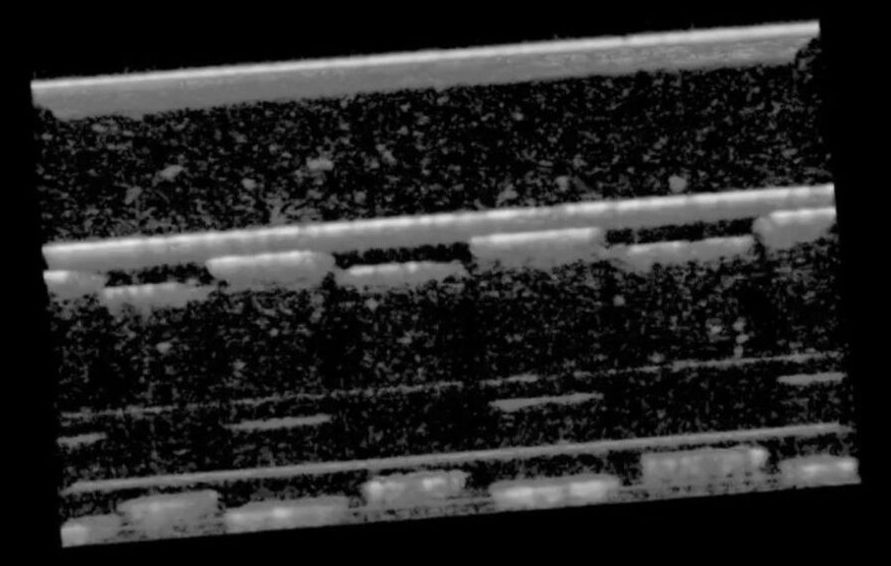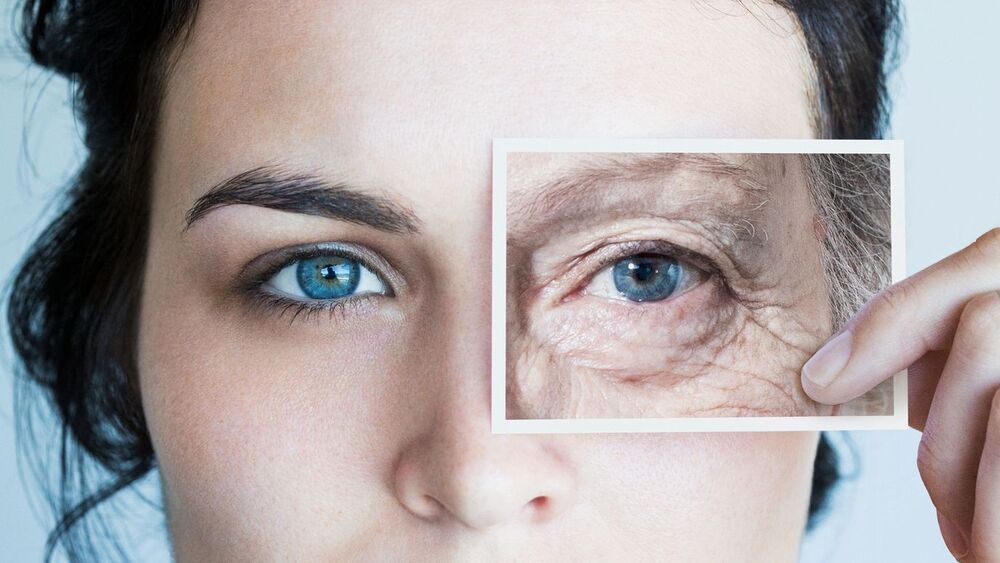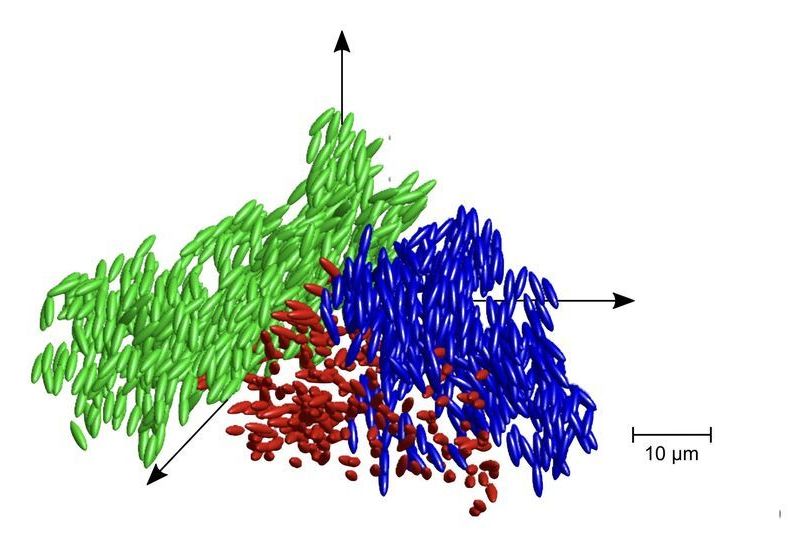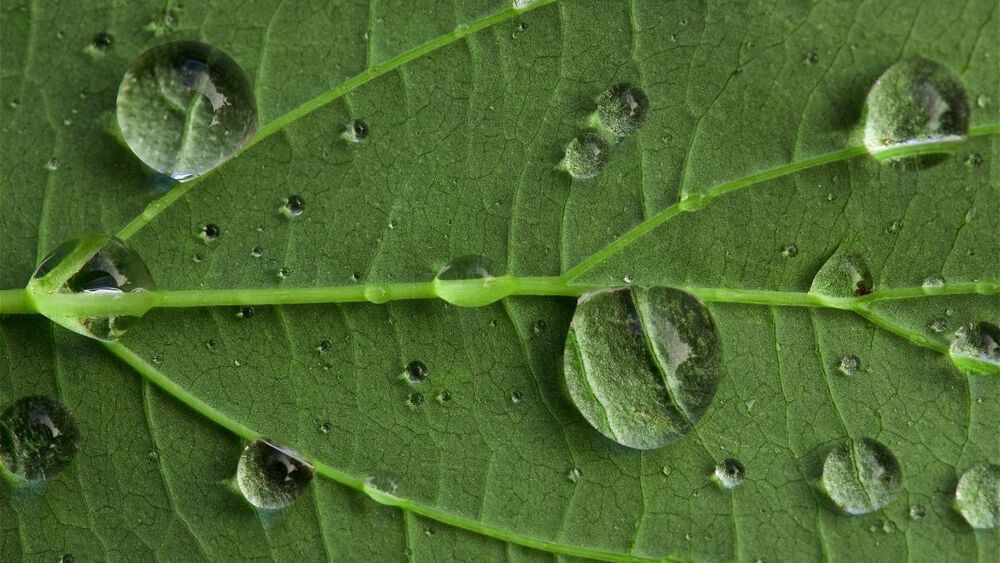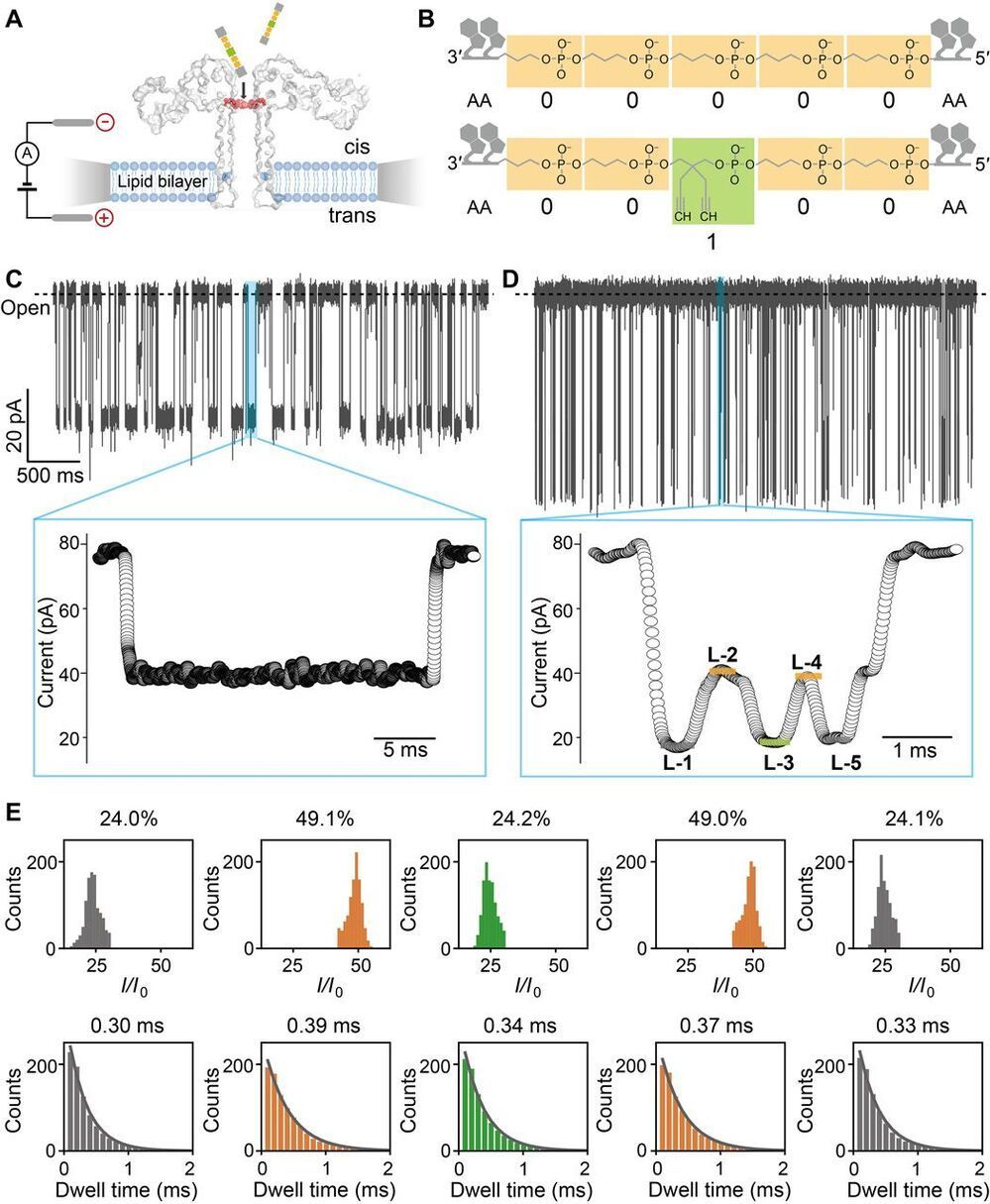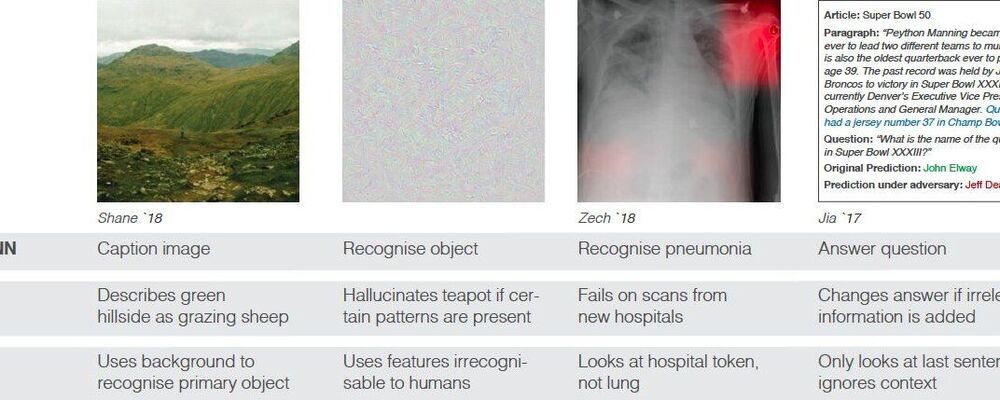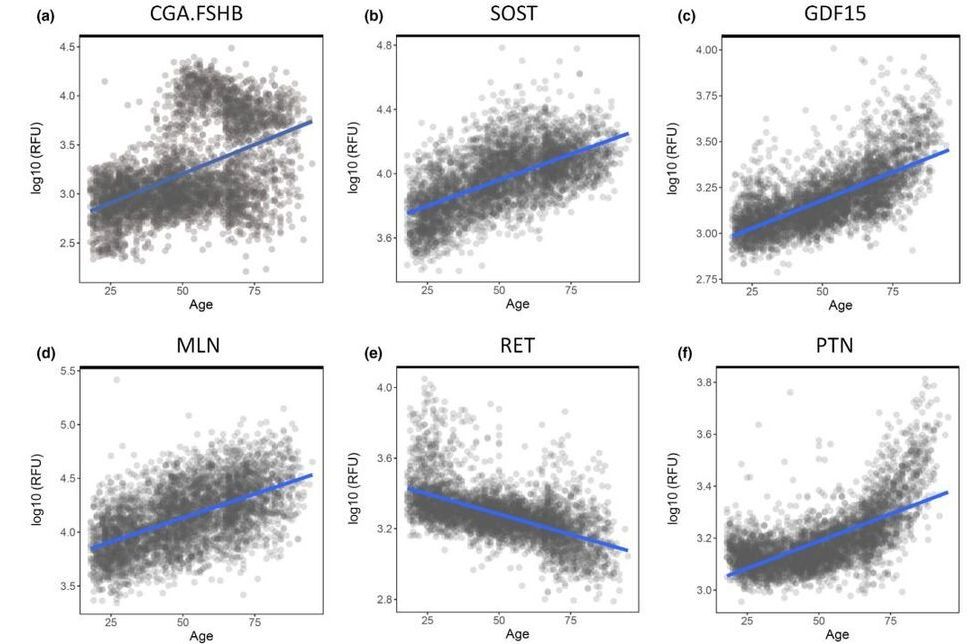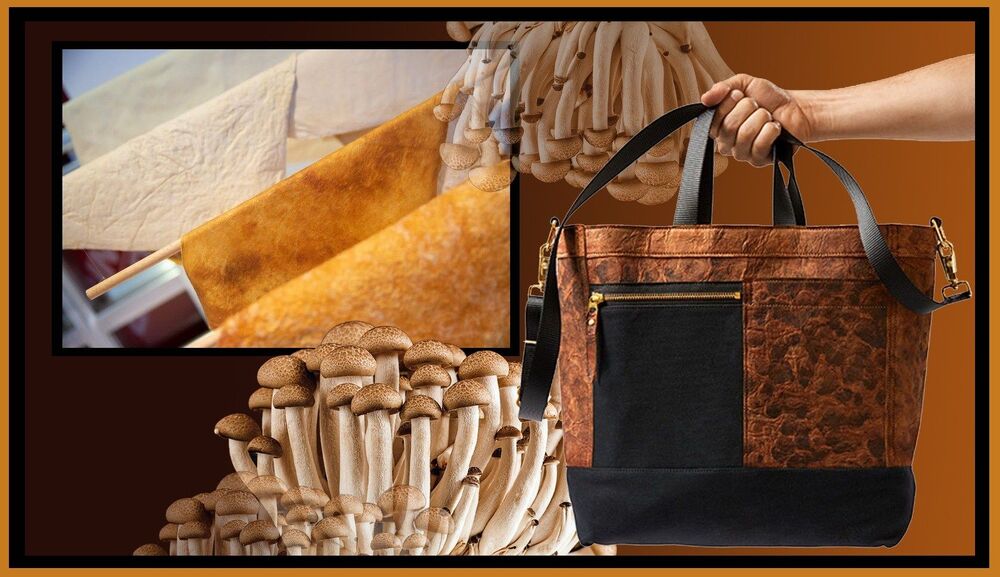Jan 11, 2021
Entangled photons can see through translucent materials
Posted by Quinn Sena in categories: biological, quantum physics
Quantum twist on optical coherence tomography offers million-fold improvement in imaging.
Entangled pairs of photons have been used by physicists in Germany and Austria to image structures beneath the surfaces of materials that scatter light. The research was led by Aron Vanselow and Sven Ramelow at Humboldt University of Berlin and achieved high-resolution images of the samples using “ultra-broadband” photon pairs with very different wavelengths. One photon probed the sample, while the other read out image information. Their compact, low-cost and non-destructive system could be put to work inspecting advanced ceramics and mixing in fluids.
Optical coherence tomography (OCT) is a powerful tool for imaging structures beneath the surfaces of translucent materials and has a number of applications including the 3D scanning of biological tissues. The technique uses interferometry to reject the majority of light that has scattered many times in an object, focussing instead on the rare instances when light only scatters once from a feature of interest. This usually involves probing the material with visible or near-infrared light, which can be easily produced and detected. Yet in some materials such as ceramics, paints, and micro-porous samples, visible and near-infrared light is strongly scattered – which limits the use of OCT. Mid-infrared light, however, can penetrate deeper into these samples without scattering – but this light is far more difficult to produce and detect.
Continue reading “Entangled photons can see through translucent materials” »
